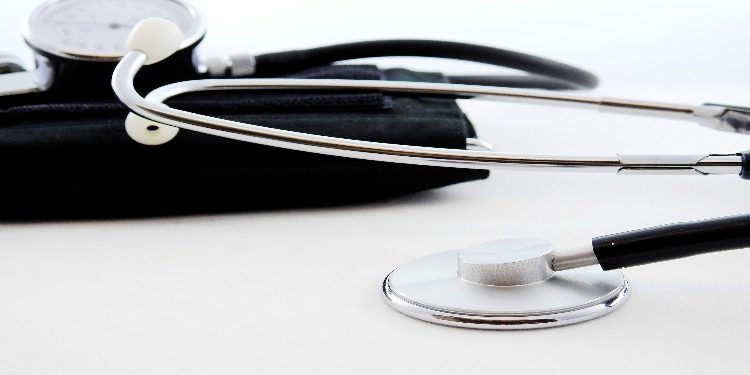Finding the best blood pressure monitor is very important. Typically, the only times that many have their blood pressure measured is at the doctor’s office, but that one-time reading is not always indicative of what your normal blood pressure actually is day-to-day. One way to obtain a more accurate reading of normal blood pressure at home is to consistently take your own measurements at home with a special blood pressure monitor known as an EKG monitor. These monitors do not require you to do anything other than to place them on your arm. Then you will have an unobstructed view of your body as it responds to stress by pumping blood throughout your body. EKG monitors can be used for many different purposes, from checking exercise and eating habits to the health of your heart.
Unfortunately, finding the best blood pressure monitor for your needs may not be as easy as purchasing the first one you find. Oftentimes, you will find that a particular model has many different features. While this can be convenient in that it allows you to have more options, it can also make finding the right features more difficult. So how do you find the right features while still maintaining accuracy?
The first thing you want to look for in the best blood pressure monitors is the accuracy of the machine. You want to make sure that the monitor measures your upper arm blood pressure accurately and does not misread it. To test it, simply place your arm fully extended in a normal position and then place the cuff around the upper arm. If the cuff incorrectly places pressure on your upper arm blood flow, it will give you incorrect readings and tell you that your upper arm blood pressure was too high. While this can be frustrating, it’s the only way to tell if the readings were taken correctly.
The next thing you want to look for in the best blood pressure monitor is comfort. One of the most common mistakes is using an egg or even foam cuff. These are not very comfortable and neither are they designed for the whole body. They are just designed for the smaller region of the body. Using these on a large portion of your body could cause some discomfort. A good choice for many would be to use an iron complete finger monitoring system.
The next thing to look for in the best blood pressure monitors is whether or not they can work with multiple users. There are some models that allow multiple users to input their data into the same device. While not everyone will appreciate having to share their information with multiple users, this is becoming the standard in many health monitoring devices. If the monitor has multiple users ability, you’ll need to make sure you get one that can do so.
Something else you should look at when it comes to the best blood pressure monitors is whether or not the manufacturer offers an app. Many of the newer monitors have apps available on the devices themselves. You can use these to give you even more information on your readings.
Another great feature to look for in an upper arm monitor is whether or not it includes an armband. This is designed to attach to the upper arm, but it also works with most other body types. With the way most blood pressure machines work, an armband isn’t very safe unless the machine is attached to the upper arm. This can be a problem for those with bursitis, achalasia, and varicose veins.
Some blood pressure monitors have cuff attachments, and these are usually only suitable for people with healthy blood pressure. If your blood pressure requires you to wear a monitor while exercising, check to see if the monitor has a belt clip. These are typically designed for those who need to put the monitor on their wrists while working out. However, many athletes choose to wear wrist monitors because they are easier to adjust than arm cuffs. If you choose to wear a monitor, make sure you choose one that is easy to use by yourself, by your doctor, or by your therapist.






























